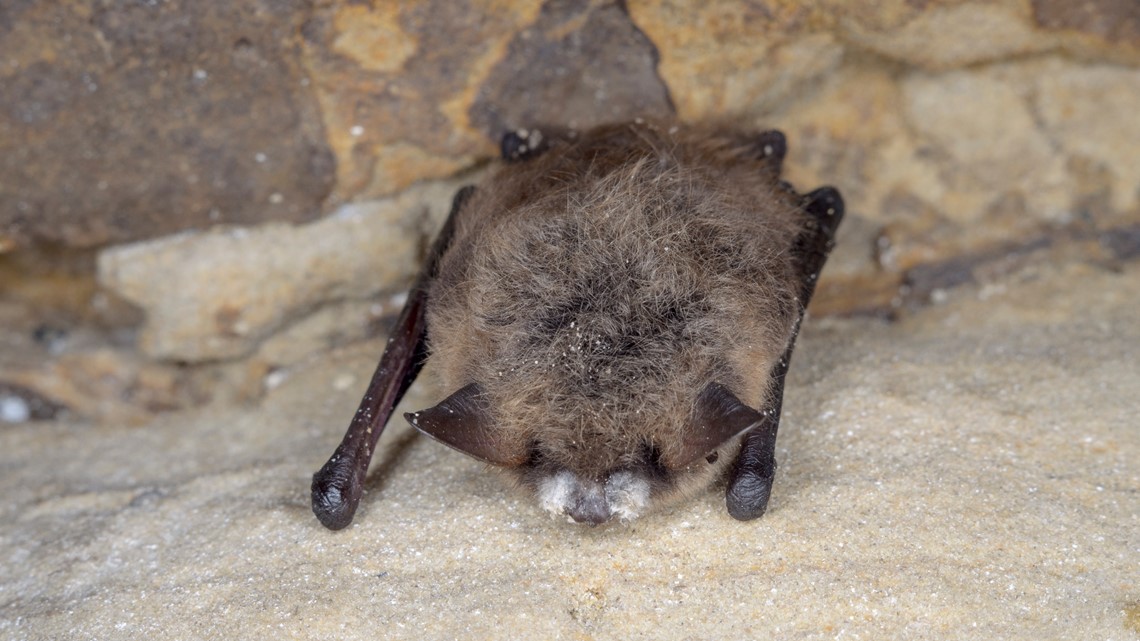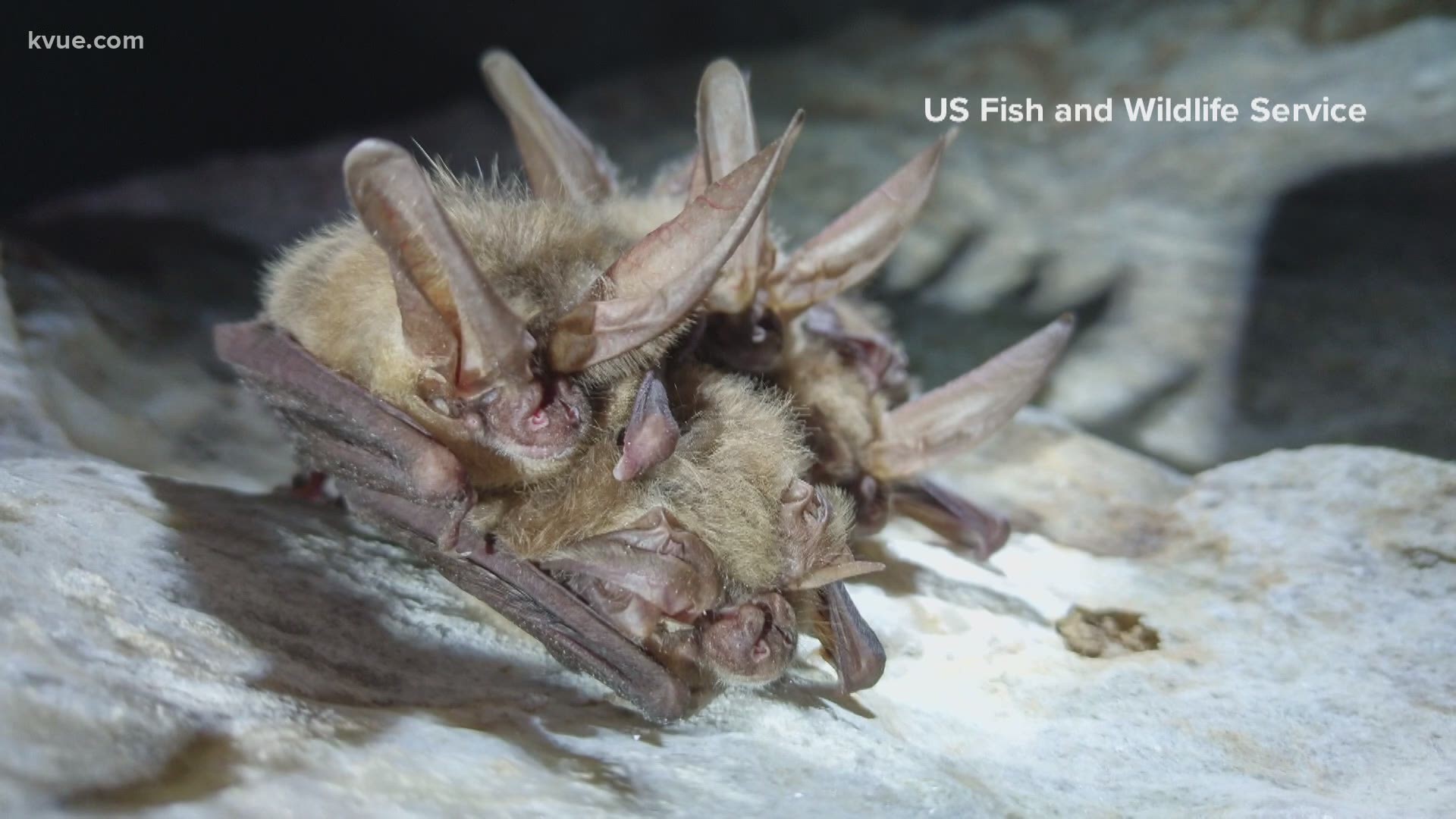LA JUNTA, Colo. — A bat infected with white-nose syndrome has been confirmed in Colorado for the first time.
White-nose syndrome (WNS) is a disease caused by an invasive fungus that has killed millions of bats in North America.
Colorado Parks and Wildlife (CPW) said a bat found March 29 outside of La Junta tested positive the fungus that causes the disease.
CPW said the adult, female Yuma bat was found by National Park Service (NPS) staff at Bent’s Old Fort National Historic Site. The bat was on the ground, unable to fly, and appeared to have a white powdery substance on its forearms.
The bat was euthanized and sent to the U.S. Geological Survey (USGS) National Wildlife Health Center for testing, according to CPW. Testing conducted by the USGS confirmed the bat had wing lesions characteristic of WNS.
White-nose syndrome was first documented in New York state in 2006 and has since been confirmed in 39 states and seven Canadian provinces in 12 North American bat species.
In 2022, USGS researchers detected the presence of the fungus on a Yuma bat at Bent’s Old Fort during a disease surveillance study, however none of the 25 bats captured at that time had signs of WNS.
CPW said the fungus also was found at three other sites in Colorado last year – in Baca, Larimer and Routt counties.


According to CPW, WNS affects hibernating bats, often resulting in death before or shortly after they emerge from hibernation in the spring.
"We expected this news was inevitable in a year or two, given the experience in other states as white-nose syndrome has spread westward,” said Tina Jackson, CPW Species Conservation Coordinator. “We’ve been monitoring for the fungus for a number of years and this is the same pattern seen in other states.”
CPW said of the 19 bat species native to Colorado, at least 13 may be susceptible to this disease. CPW added any large-scale loss of bats would spell trouble for the health of Colorado’s ecosystems and economy.
Jackson said CPW will continue to study bats statewide with additional surveys planned this year.
The fungus does not infect humans or pets and bats are the primary way the fungus spreads, according to CPW. However, the the fungus can be transported on gear and clothing that has been in contact with contaminated environments, such as caves where bats hibernate.
White-nose syndrome safety tips
- Stay out of closed caves and mines.
- Decontaminate footwear and all cave gear before and after visiting or touring caves and other places where bats live.
- Do not touch bats. Report dead or sick ones to CPW by calling 303-291-7771 or email wildlife.batline@state.co.us.
- Gear and clothing used in areas where WNS occurs should not be used in areas where it's is not known to occur.
- To avoid accidentally transporting bats, check canopies, umbrellas and other outdoor items for any bats that may have roosted in a nook or cranny.
SUGGESTED VIDEOS: Animals and Wildlife
9NEWS+
9NEWS+ has multiple live daily shows including 9NEWS Mornings, Next with Kyle Clark and 9NEWS+ Daily, an original streaming program. 9NEWS+ is where you can watch live breaking news, weather updates, and press conferences. You can also replay recent newscasts and find videos on demand of our top stories, local politics, investigations and Colorado specific features.
To download 9NEWS+ on Roku search for KUSA.
To download 9NEWS+ on Fire TV search for 9NEWS.

